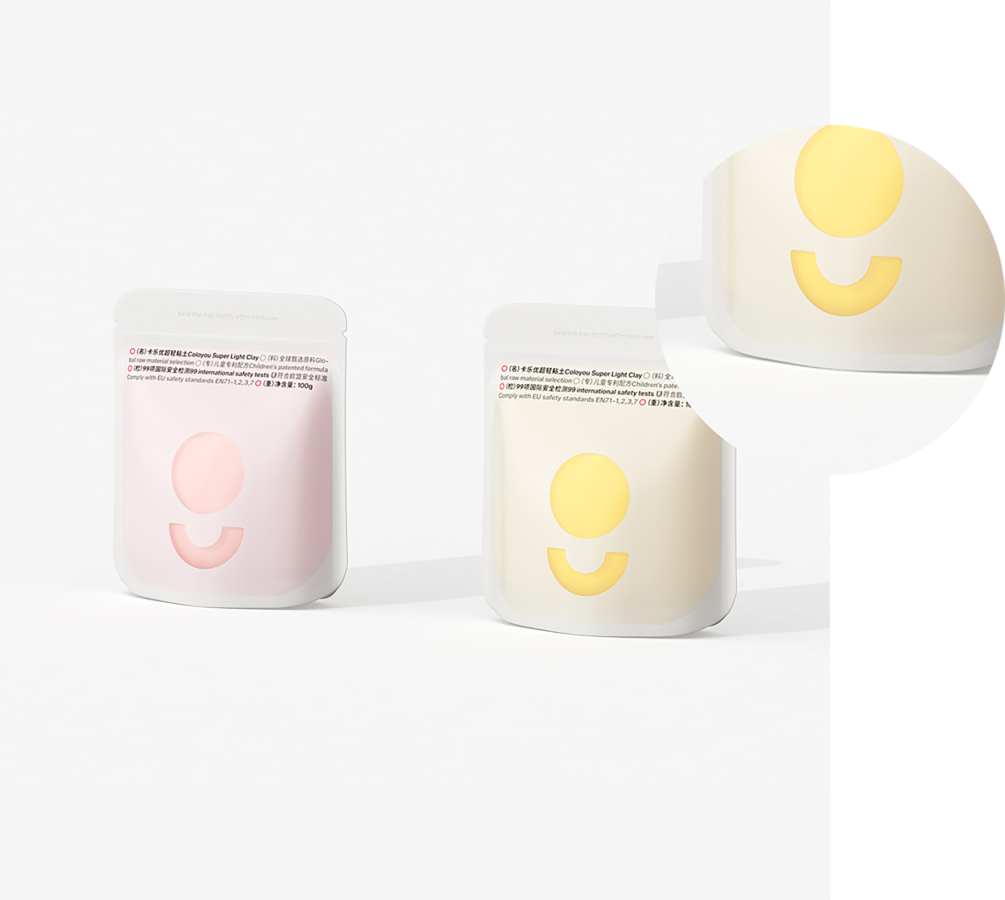- Afrikaans
- Albanian
- Amharic
- Arabic
- Armenian
- Azerbaijani
- Basque
- Belarusian
- Bengali
- Bosnian
- Bulgarian
- Catalan
- Cebuano
- chinese_simplified
- chinese_traditional
- Corsican
- Croatian
- Czech
- Danish
- Dutch
- English
- Esperanto
- Estonian
- Finnish
- French
- Frisian
- Galician
- Georgian
- German
- Greek
- Gujarati
- haitian_creole
- hausa
- hawaiian
- Hebrew
- Hindi
- Miao
- Hungarian
- Icelandic
- igbo
- Indonesian
- irish
- Italian
- Japanese
- Javanese
- Kannada
- kazakh
- Khmer
- Rwandese
- Korean
- Kurdish
- Kyrgyz
- Lao
- Latin
- Latvian
- Lithuanian
- Luxembourgish
- Macedonian
- Malgashi
- Malay
- Malayalam
- Maltese
- Maori
- Marathi
- Mongolian
- Myanmar
- Nepali
- Norwegian
- Norwegian
- Occitan
- Pashto
- Persian
- Polish
- Portuguese
- Punjabi
- Romanian
- Russian
- Samoan
- scottish-gaelic
- Serbian
- Sesotho
- Shona
- Sindhi
- Sinhala
- Slovak
- Slovenian
- Somali
- Spanish
- Sundanese
- Swahili
- Swedish
- Tagalog
- Tajik
- Tamil
- Tatar
- Telugu
- Thai
- Turkish
- Turkmen
- Ukrainian
- Urdu
- Uighur
- Uzbek
- Vietnamese
- Welsh
- Bantu
- Yiddish
- Yoruba
- Zulu
find pantone colors
Discovering Pantone Colors A Guide to Finding Your Perfect Hue
Pantone colors are a crucial aspect of design that transcends the boundaries of fashion, art, interior design, and branding. Known for their precision and vibrant palette, Pantone colors assist designers and brands in achieving visual consistency across various platforms. This article will explore how to find Pantone colors effectively and the significance of these colors in various industries.
What is Pantone?
The Pantone Matching System (PMS) is a standardized color reproduction system that allows designers and manufacturers to communicate colors in a consistent manner. Established in 1963, Pantone originally focused on the printing industry but has since evolved to cover a wide array of sectors, including textiles, plastics, and digital media. Each color in the Pantone system is assigned a unique code, making it easier to identify and reproduce the exact hue needed for projects.
Why Use Pantone Colors?
Using Pantone colors offers several benefits. First, they provide a universal language for color, essential in collaborative environments where multiple stakeholders are involved. This fosters clear communication and reduces the likelihood of errors in color reproduction. Second, Pantone colors are meticulously formulated, ensuring that designers achieve the same appearance across different materials and mediums. This is particularly vital for brands that require uniformity in their visual identity.
How to Find Pantone Colors
Finding the appropriate Pantone color for your project can be a systematic and enjoyable process. Here are steps and resources to guide you
1. Identify Your Needs Before diving into the Pantone library, clarify the purpose of your color choice. Are you designing a logo, creating a marketing campaign, or working on a product? Understanding the context will help narrow down your options.
find pantone colors

2. Use Color Palettes Begin by exploring existing color palettes that resonate with your vision. Numerous websites offer curated selections of Pantone colors, including design platforms like Adobe Color and Coolors. These tools allow you to visualize different color combinations and find complementary hues.
3. Pantone Color Guides For precise selection, consider investing in Pantone color guides, which are physical swatch books containing color samples. These books are invaluable for designers as they provide an accurate representation of colors, helping you make informed decisions based on lighting and material.
4. Digital Tools Utilize digital color matching tools, such as Pantone Color Finder, available on the Pantone website. This tool allows you to search for colors by name, code, or even by uploading an image. It’s an excellent way to fine-tune your choices, especially if you're looking to match specific products or designs.
5. Consult with Professionals If you're working on a critical project, consulting with a color expert or designer can be beneficial. They can provide insights into color psychology, trends, and the best practices for integrating the chosen colors into your design effectively.
6. Experimentation Once you have a selection of potential Pantone colors, don't hesitate to test them in your design. Use mockups or prototypes to see how the colors work in context. The right color can evoke emotions, attract attention, and communicate your brand's message effectively.
The Importance of Color Psychology
When selecting Pantone colors, it’s essential to consider the psychological effects of colors. Different hues stimulate various emotions and responses. For example, blue is often associated with trust and calmness, making it popular in corporate branding, while red conveys passion and energy, frequently used in promotional campaigns. Understanding these associations can guide you in choosing a color that aligns with your intended message and audience.
Conclusion
Finding the perfect Pantone color requires a blend of creativity, exploration, and understanding of color theory. Whether you’re a seasoned designer or a beginner, leveraging the resources and tools available can simplify the process. The impact of color on design and branding is immense; it influences perceptions, enhances aesthetics, and communicates core values. With the right Pantone colors at your disposal, you can create visually stunning and compelling designs that resonate with your audience and elevate your projects to new heights.













